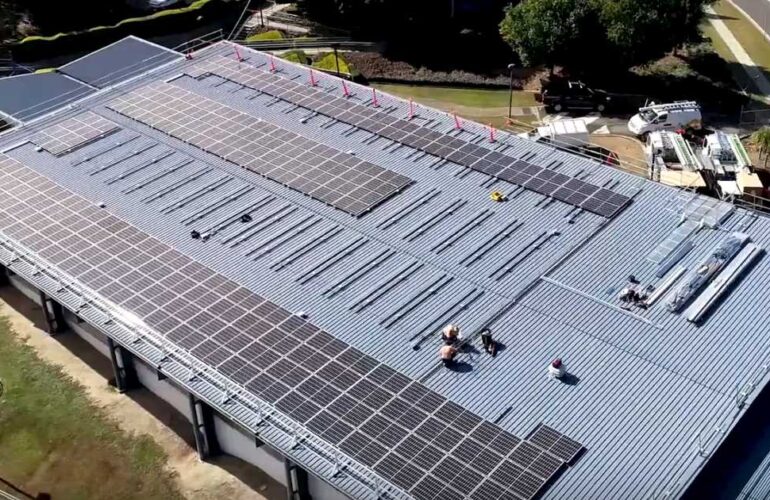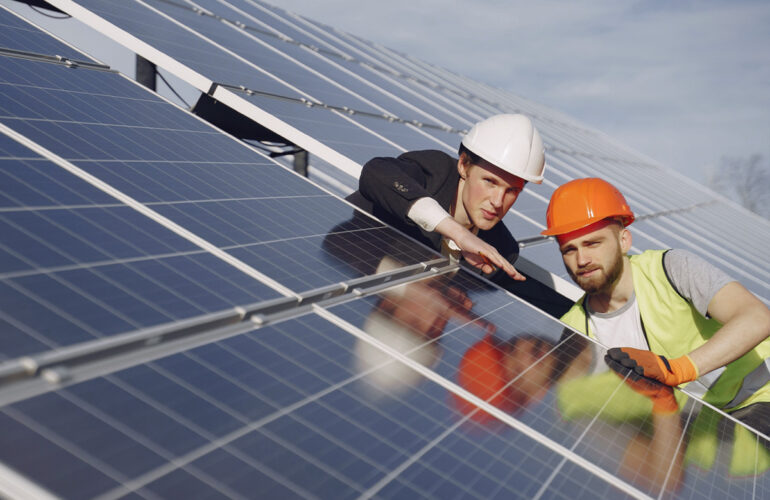Services We Provide
Operation and maintenance (O&M) are crucial aspects of maintaining the efficiency and longevity of a solar energy system. Proper O&M practices ensure that your solar panels continue to generate electricity at their optimal capacity. Here are some key considerations for the operation and maintenance of solar installations:
Dust, dirt, pollen, and debris can accumulate on the surface of solar panels, reducing their efficiency. Regular cleaning, usually a few times a year, helps maximize energy production. Depending on your location, you may need to clean more frequently in areas with heavy pollution or dust.
Periodic visual inspections of your solar panels can help identify any physical damage, such as cracks or loose connections. These inspections should be carried out by trained personnel who can safely access the panels.
Ensure that all electrical connections are secure and functioning correctly. Loose or damaged wires can lead to power losses or safety hazards. Regular electrical inspections are essential.
Inverters are critical components of a solar system. Regularly check for any error codes or unusual behavior in inverters. Inverter maintenance or replacement may be necessary over the system’s lifespan.
Many solar installations have monitoring systems that allow you to track energy production and system performance. Regularly review this data to detect any deviations from expected performance, which can signal issues that require attention.
Ensure that trees or other vegetation do not cast shading on your solar panels. Trim or remove trees if necessary to prevent shading, which can significantly reduce energy production.
Birds, rodents, and insects can nest under or around solar panels. This can lead to damage and create safety hazards. Implement pest control measures to prevent infestations.
Maintain detailed records of maintenance activities, including dates of inspections, cleaning, and any repairs or replacements. These records can be useful for warranty claims and system performance analysis.
Follow the manufacturer’s guidelines and warranty requirements for maintenance. Failure to do so may void warranties
Develop a plan for responding to emergencies, such as severe weather events or system failures. Having a plan in place can minimize downtime and potential damage.
Ensure that personnel responsible for O&M are properly trained in safety procedures and maintenance tasks. Safety should always be a top priority.
Consider hiring a professional O&M service provider, especially for larger or more complex solar installations. They can offer expertise, regular maintenance schedules, and emergency response capabilities.



